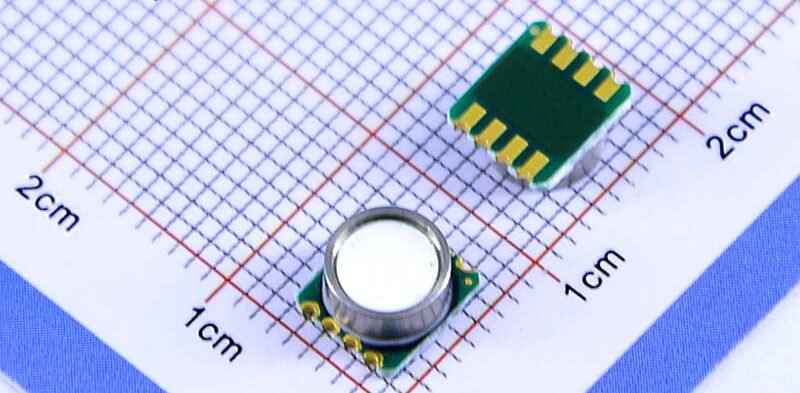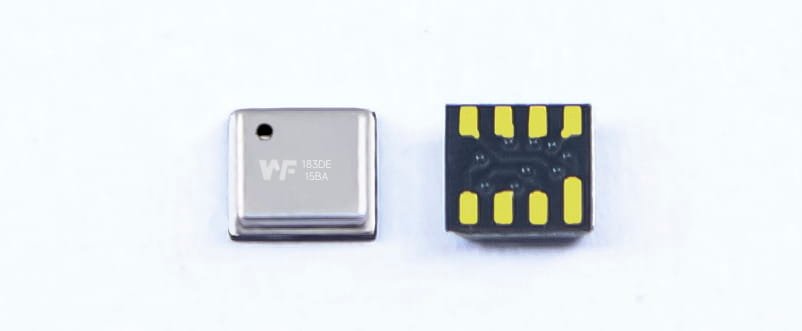Application and Technical Analysis of Pressure Sensors for Weather forecast machine
Air pressure sensor is a core component of a weather forecasting machine that supports real-time weather forecasting by measuring atmospheric pressure changes with high accuracy. This paper analyzes the working principle, functional implementation and selection criteria of air pressure sensors, and explores their applications and future development trends in households, portable devices and weather stations, including the directions of intelligence, low power consumption and miniaturization, in order to provide technical guidance for the optimization of weather monitoring devices.












